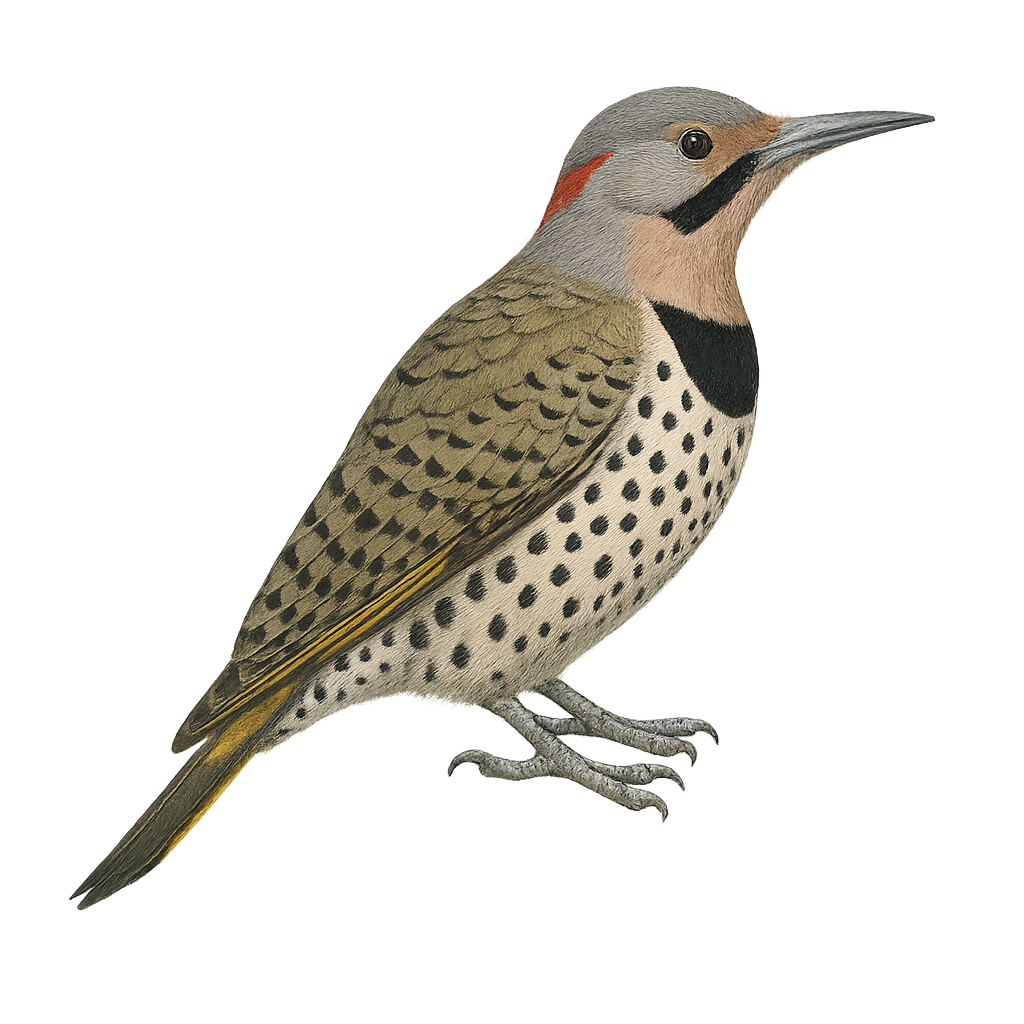Your wildlife photography guide.
Explore the northern flicker in detail, study its behavior, prepare your shots.
Where to observe and photograph the northern flicker in the wild
Learn where and when to spot the northern flicker in the wild, how to identify the species based on distinctive features, and what natural environments it inhabits. The WildlifePhotographer app offers tailored photography tips that reflect the northern flicker’s behavior, helping you capture better wildlife images. Explore the full species profile for key information including description, habitat, active periods, and approach techniques.
Northern Flicker
Scientific name: Colaptes auratus

IUCN Status: Least Concern
Family: PICIDAE
Group: Birds
Sensitivity to human approach: Tolerant
Minimum approach distance: 10 m
Courtship display: April to May
Incubation: 11-14 jours
Hatchings: April to June
Habitat:
Forests, urban parks, grasslands
Activity period :
Primarily active during the day, with peak activity in the morning and late afternoon.
Identification and description:
The Northern Flicker, or Colaptes auratus, is a captivating bird from the Picidae family. It is distinguished by its striking plumage, blending shades of brown, black, and gold, with red or yellow markings depending on the subspecies. This flicker is widespread across North America, inhabiting various environments from forests to urban parks. Known for its unusual terrestrial behavior for a woodpecker, it is often seen pecking the ground in search of ants and other insects. The Northern Flicker is also famous for its loud drumming, used to mark territory and attract a mate. Although generally tolerant of human presence, it remains vigilant and may quickly fly away if threatened.
Recommended lens:
400 mm – adjust based on distance, desired framing (portrait or habitat), and approach conditions.
Photography tips:
To photograph the Northern Flicker, focus on open areas like parks or grasslands where it is often seen on the ground. Use a telephoto lens of at least 400mm to capture details without disturbing the bird. Be patient and discreet, as it may fly away quickly if disturbed. Observe its behavior and wait for it to perch for feeding or drumming, ideal moments for dynamic shots.
The WildlifePhotographer App is coming soon!
Be the first to explore the best nature spots, track rutting seasons, log your observations, and observe more wildlife.
Already 1 432 wildlife lovers subscribed worldwide

